One advantage of growing hostas is that you'll never have difficulty maintaining them since they only require little care. In addition, they are not fussy when it comes to propagation. But most gardeners ask one question: whether they can grow hostas from leaf cuttings. After much research, we finally found the answer.
Straightforwardly, yes! You can grow hostas from leaf cuttings. Good thing that it is a plant that spreads into its environment over time. This growing feature can be advantageous for leaf cuttings propagation. However, the success rate for this method is lower compared to other known hosta propagation approaches.
We have mentioned that growing hostas is easy, but it would be best to know how to properly take care of them to produce bright and lively ones. So, we suggest you keep reading to learn more about this plant and how to propagate it using leaf cuttings properly. Doing so might also answer some of your additional questions. Let's delve into the details!

Growing Hostas From Leaf Cuttings
As mentioned, you can propagate hostas using leaf cuttings. And we will discuss in this section when and how you should do it.

When Is The Ideal Time To Take Hosta Cuttings?
If you want to multiply your hostas using leaf cuttings, it would be best to do it during the start of summer. Know that it is the time when the stalks (or petioles) of the hosta leaf mature, which also means it can quickly produce roots. In this circumstance, there's also plenty of time left in the season to develop a plant that can weather the winter.
The ideal timing to make hosta cuttings is when you notice that the day has high humidity levels yet is shady. It is because the hosta's tissues contain more liquid at this hour, where it can stay alive for a more extended period even if it still lacks roots.
Hydrate your hostas one day before taking cuttings if the weather is arid. And you should start making cuttings in the morning.
Furthermore, please remember that it is highly advisable not to take hosta cuttings during midsummer. The main reason is that the cuttings may not survive, especially if the temperature is extremely hot. The end of the summer season is not an exemption because the cuttings may not still endure the winter even if some roots have already emerged.
How To Take Hosta Cuttings?
Tearing off the leaf, petiole, and a chunk of the crown is the only way to ensure success when taking hosta cuttings. In this case, all you need to ensure is to expose the white tissue at the bottom of the petiole by pulling it off. Note that it will be the area where the roots will grow. If you pulled the petiole wrongly, expect it not to root. It is true, especially if it is the petiole's green tissue.
The petiole of a leaf is easiest to remove if you grab its base and rip it off. To extract from the rhizome, simply twist it. You'll know that you made it correctly if you notice that the bottom of the cutting contains white tissue. Also, the upper part should be green.
Furthermore, there is still another way to take the cutting, and that is to obtain it from the rhizome. Cut the leaf petiole away from the rhizome using a thin, sterile knife. Specifically, remove a portion of the white tissue from the crown. The base of the hosta cutting should appear like a newly sharpened pencil.
Therefore, the bottom of the slices should look like a pencil after being sharpened.
How To Propagate Hostas From Leaf Cuttings?
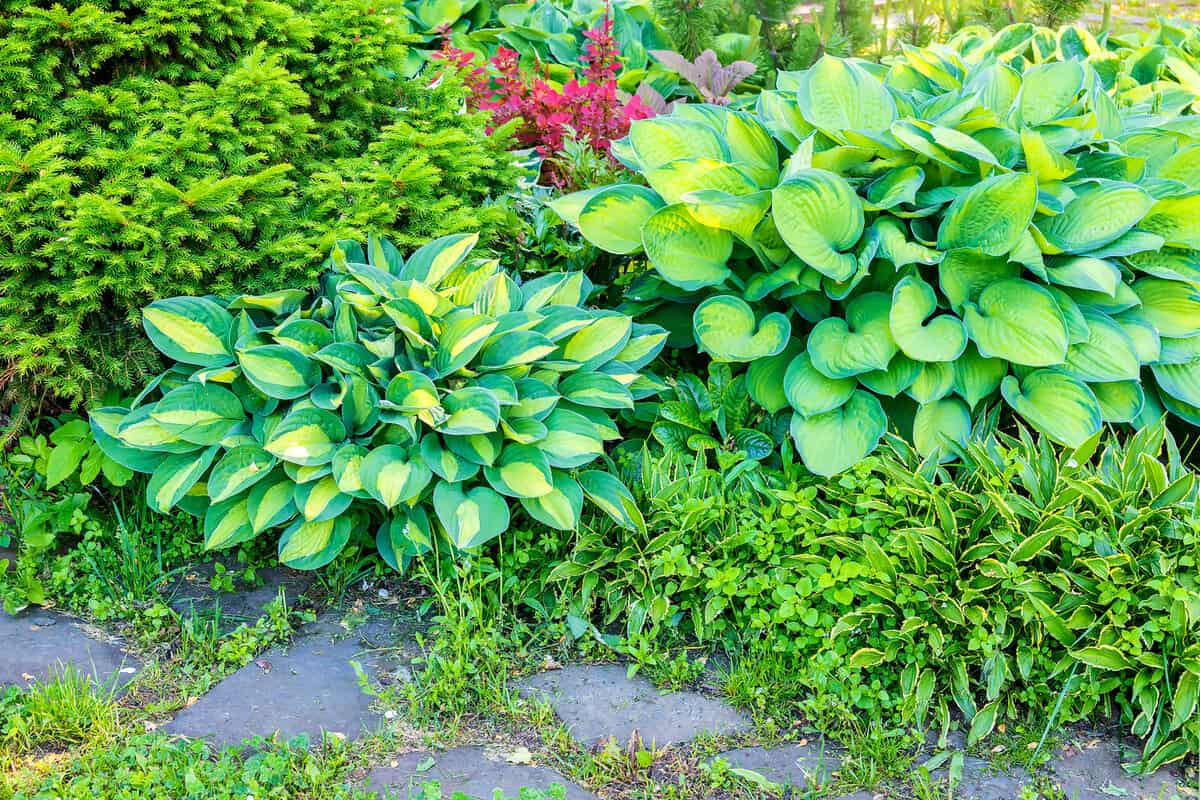
Once you finish taking the cuttings, you'll need to start preparing the pots and the soil you will use for the propagation process.
For the soil, it is highly advisable to use a sterile one. This type of soil is mainly for houseplants. Expect that it contains no pests and is free of any disease. Remember to never use regular garden soil for a hosta leaf cutting since such soil drains inadequately. Moreover, it can even contain pathogens that can negatively impact the hosta cuttings by giving diseases.
Click here to check out this Miracle-Gro indoor potting mix on Amazon.
Regarding the pot you should use, it would be best to have one at least six inches in width and depth. And the best feature you must ensure is that it contains adequate drainage holes.
Put enough soil in the pot to submerge the hosta cutting by about two inches. Then, you should place a thin stick next to the cutting. Fasten the cutting to the stick to secure it in place. When planting the cuttings, be careful not to bury them too deeply. The area above the origin of the roots could deteriorate otherwise.
Water the soil adequately. After that, it would be best to place it in a full-shade area or a greenhouse if you have one. Lastly, you must ensure that the spot has high humidity levels.
How To Properly Care For Hostas
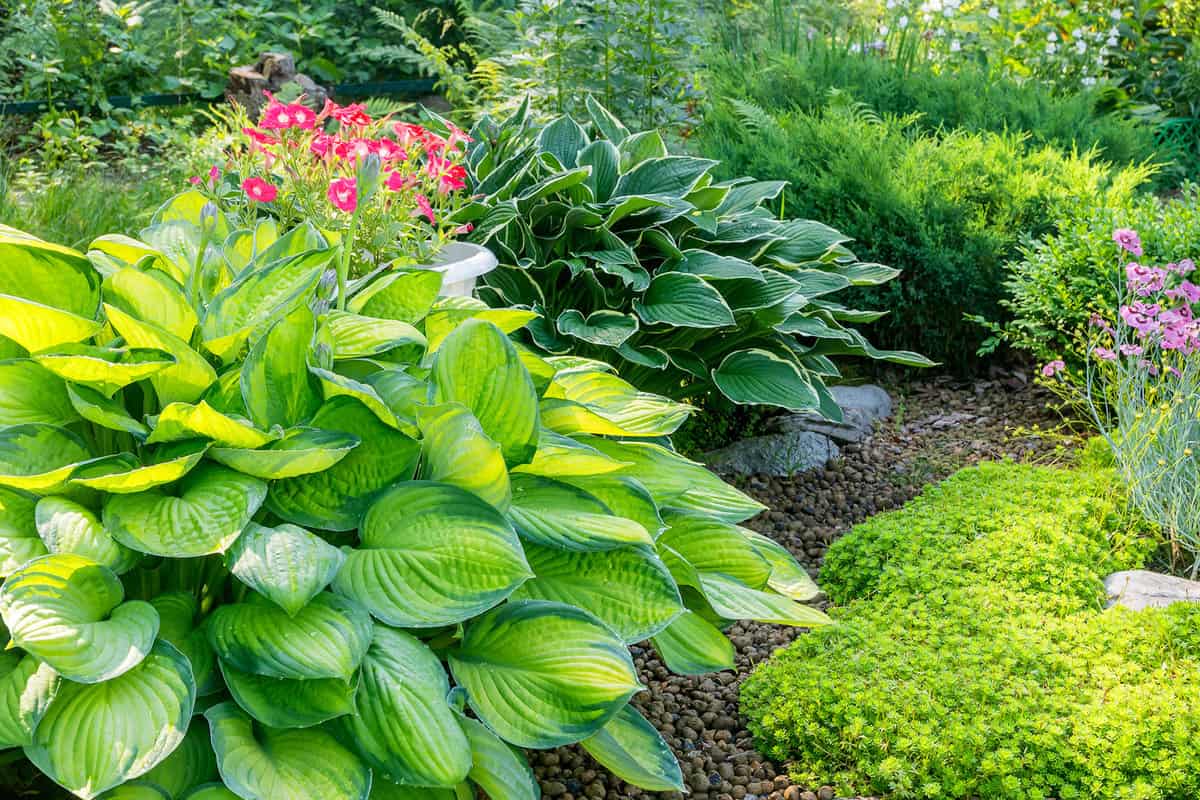
Now that you have learned how to grow hostas from leaf cuttings, it is time to know their proper care.
Use The Correct Soil And Give Enough Space When Planting
When planting hostas, placing them roughly one to three feet away from each other is advisable. Also, you should loosen the dirt around them for about one foot in depth.
Note that you should set plants from a greenhouse into the ground at the same level as their original container. In the early spring, you can start planting the hostas. However, you should ensure first that the ground has already thawed. Another option is to wait 30 days before the first fall frost before planting.
Hostas can thrive in most soils as long as it drains well. The only soil you must avoid is clay soil because it drains poorly. And one thing to keep noting is that the hosta loves acidic soil that contains much organic matter.
Give Sufficient Water
Hostas require only a moderate amount of water to thrive. Once planted, hostas can withstand brief periods of dryness but will perish under persistently dry conditions. If you must water, do so less frequently but more deeply.
On the other hand, to keep the soil moist while growing hostas indoors in pots, it is essential to water them on a regular program.
Provide Adequate Light
Although hostas can tolerate complete shade, most thrive in partially shaded conditions. The morning sun brings out the yellow in plants with green and yellow foliage. Find out how much light each hosta type needs. Overexposure to sunlight can cause browning at the leaf tips, fading, and overall leaf dullness.
Feeding With Enough And Correct Fertilizer
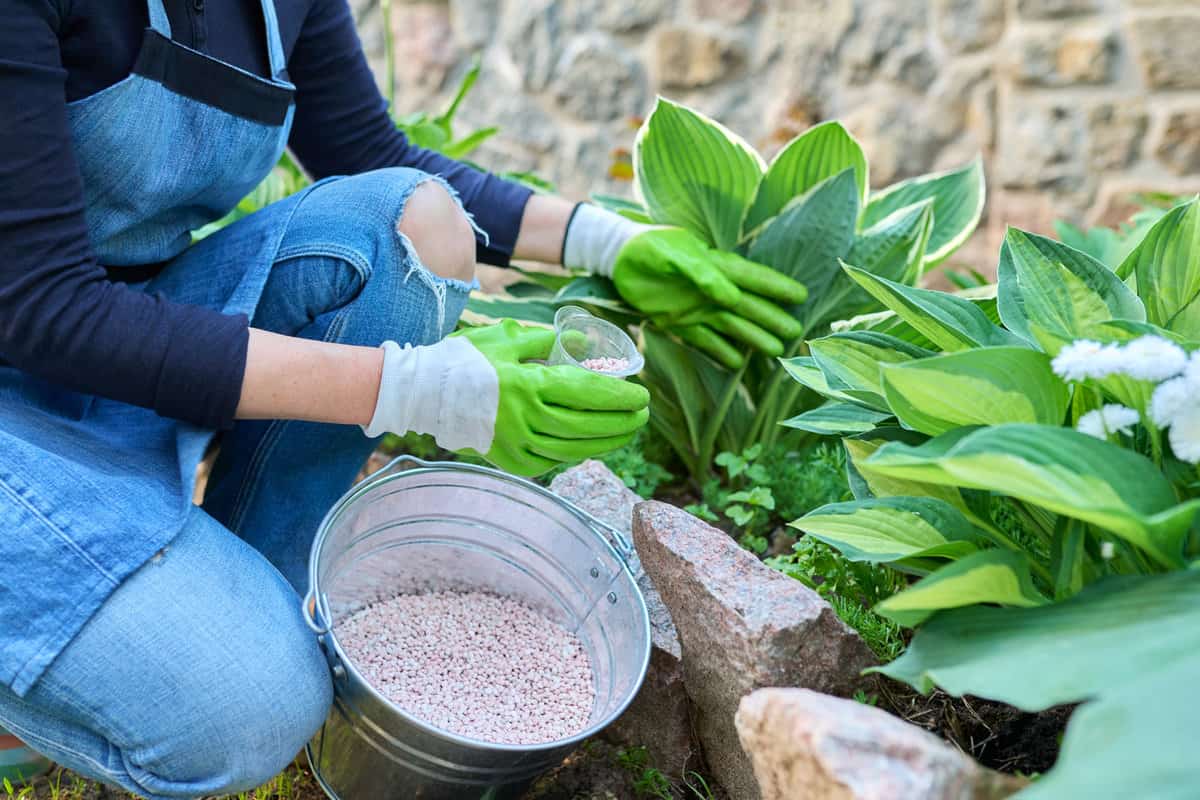
Feeding your hostas with fertilizer is one practical step to make them develop nicely and bigger. And incorporating compost into the soil in the spring is the best and most straightforward approach to feeding hostas.
Using compost means adding nutrients to the soil, which benefits the soil's nutrients.
Alternatively, when the hostas first show growth in the spring, you can feed them with a well-balanced organic fertilizer. However, take care not to let any fertilizer granules be lodged in the leaves since this might cause damage.
Potted hostas require more frequent fertilization than those in the ground because the increased watering depletes soil nutrients more rapidly. Begin the growing season off right by giving your potted plants a slow-release fertilizer.
Apply a water-soluble fertilizer every two weeks during the growing season. Furthermore, in order to fortify the hostas progressively before the winter inactivity period, you should discontinue feeding them with fertilizer four months in advance.
Observe Temperature And Humidity
Hostas tolerate an expansive scope of climate conditions since they are not picky about temperature or humidity levels. But keep in mind that you should avoid planting them in areas where strong winds are present. In addition, as long as you can give hostas a chilly period for winter hibernation, those in pots may survive average indoor temperatures.
How To Prune Hostas
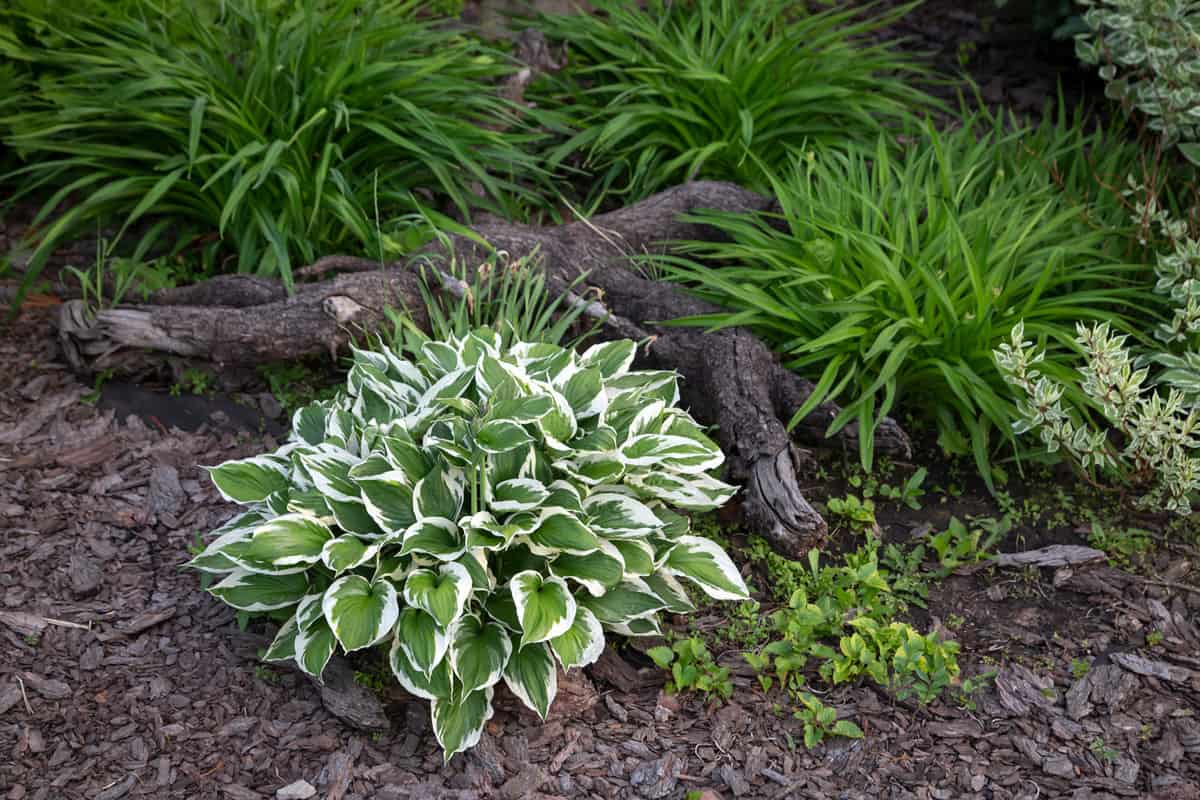
How To Overwinter And Care For Hostas During Fall
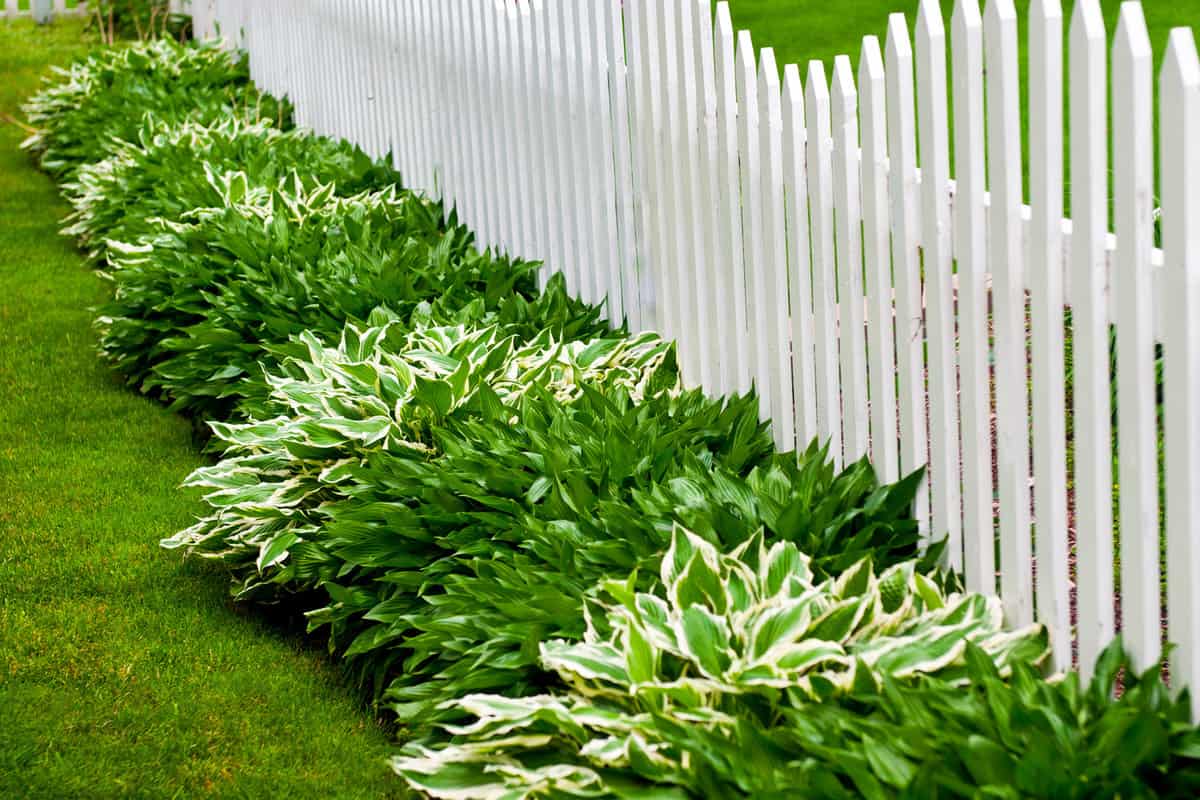
Maintain regular watering but reduce fertilizing in the fall for healthy hostas. Note that the leaves will fall off on their own accord. Trimming the hostas to the base is highly advisable to prevent further damage from pests or diseases.
In general, hostas can withstand winter cold just fine and continue to thrive. However, dry mulch might be useful in protecting roots in colder climes. On the other hand, if your hostas are in pots and will spend the winter outdoors, it is ideal for burying them in the garden up to the edge of the pots and then surrounding them with mulch for extra protection.
Conclusion
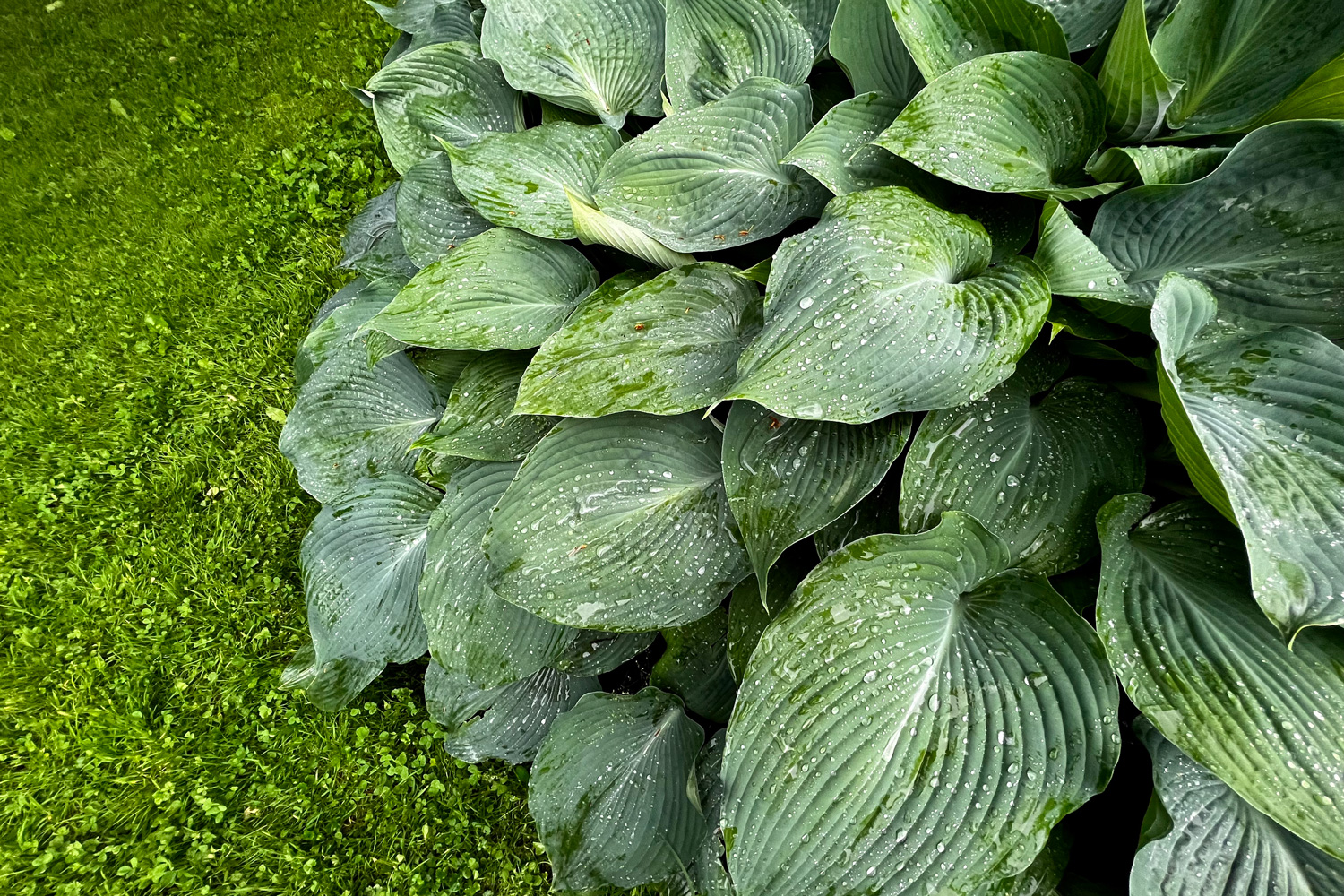
There are instances where people often ignore the flowers of hostas in favor of the plant's colorful and varied foliage. Those leaves are the main reason most gardeners ask if growing hostas from leaf cuttings are possible, to create more of them. And since you know that you can do such, you might want to start now and follow all the guidelines we have provided you with in this post.
Made it to the end? We hope this post answers all your questions. Check out these other useful related articles below!
Should Hostas Be Cut Back? [In Fall, Winter, Spring Or Summer]
Can Hostas Be Transplanted? [Inc. In Fall, Winter, Spring, Or Summer]
How Long Do Hostas Take To Grow? [Inc. From Bare Root, Bulb, Or Seed]

